‘We hope you enjoy the performance,’ announced the Tannoy before the lights went down for How did we get here? – the accent being put on ‘hope’, as though enjoyment was unlikely. I took a deep breath in anticipation of modern dance at its most portentous and pretentious, my expectations already depressed after imbibing some hot air from a note in the programme – ‘we feel our power, all the way to the edges of ourselves’ and so forth.
Already a subscriber? Log in
Subscribe for just $2 a week
Try a month of The Spectator Australia absolutely free and without commitment. Not only that but – if you choose to continue – you’ll pay just $2 a week for your first year.
- Unlimited access to spectator.com.au and app
- The weekly edition on the Spectator Australia app
- Spectator podcasts and newsletters
- Full access to spectator.co.uk
Or
Unlock this article
You might disagree with half of it, but you’ll enjoy reading all of it. Try your first month for free, then just $2 a week for the remainder of your first year.

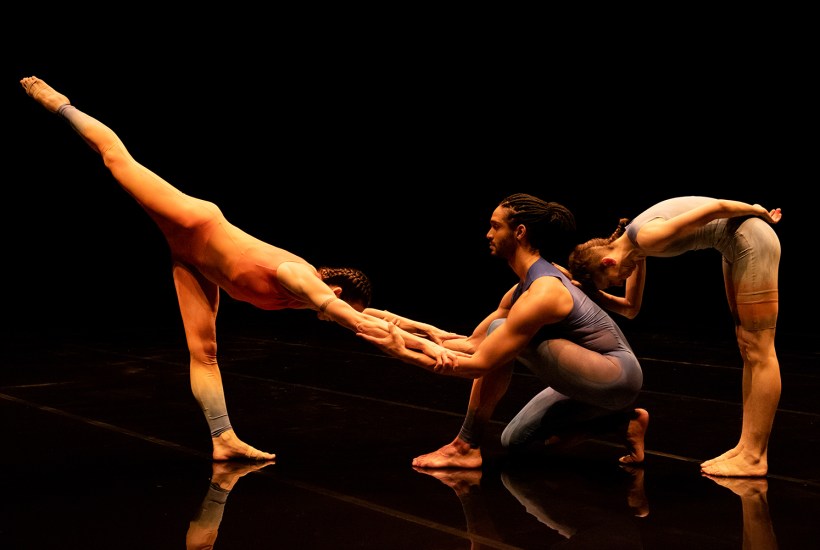
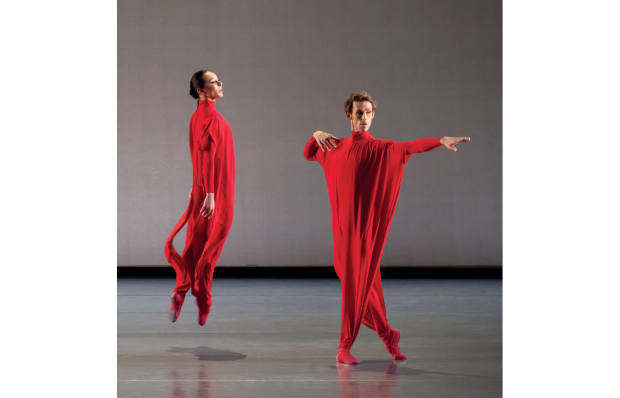
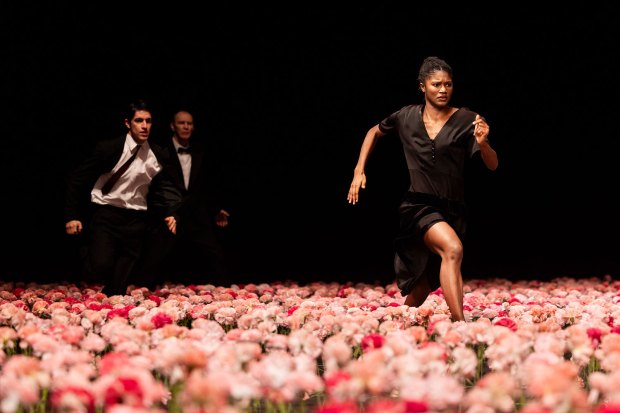
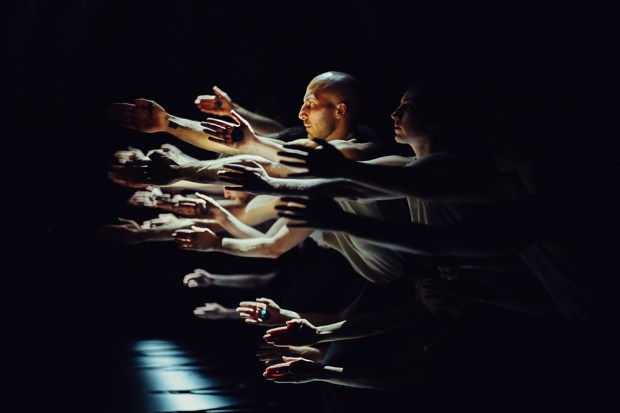
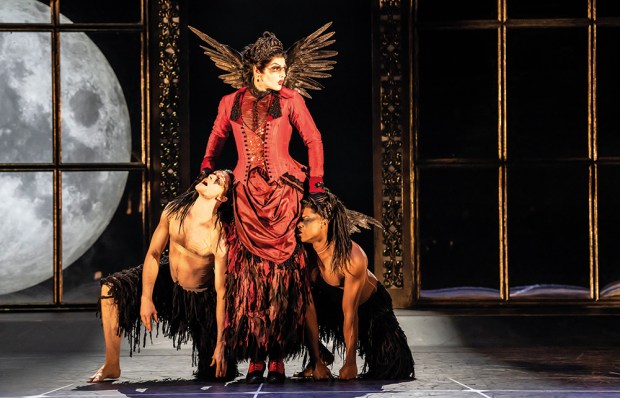
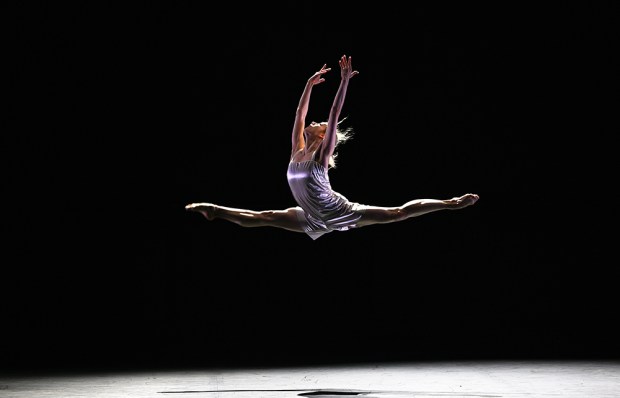
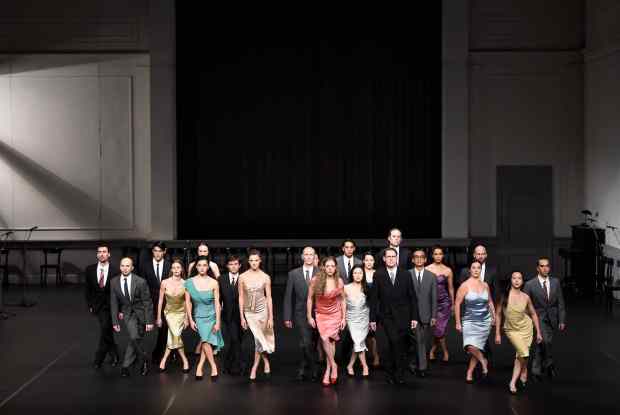






Comments
Don't miss out
Join the conversation with other Spectator Australia readers. Subscribe to leave a comment.
SUBSCRIBEAlready a subscriber? Log in